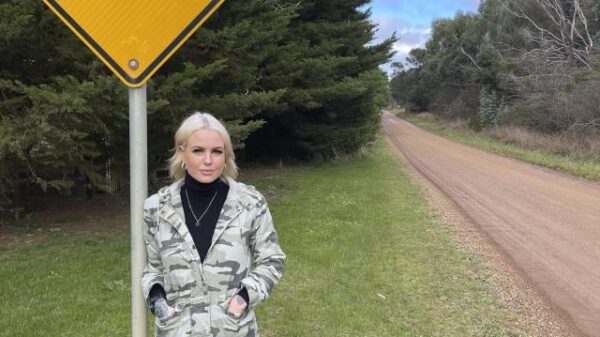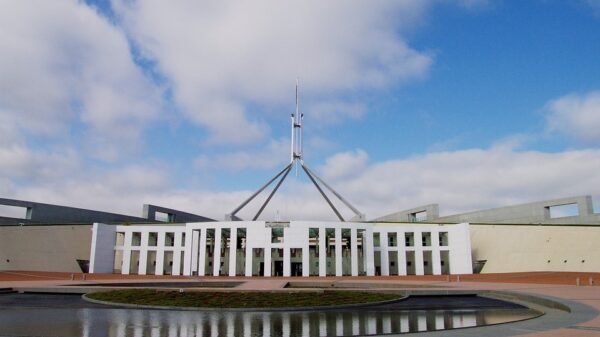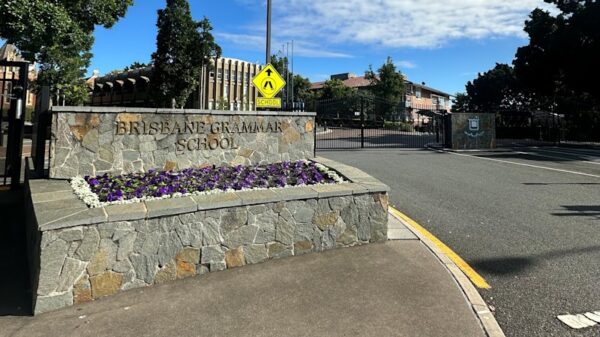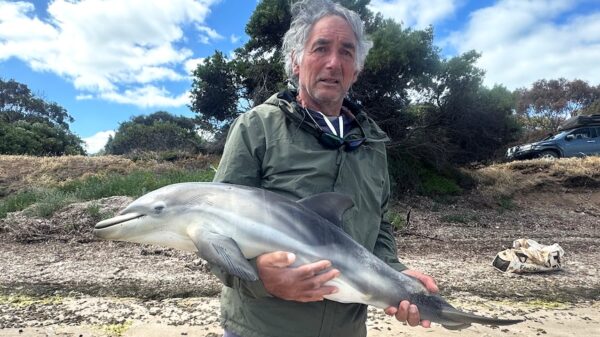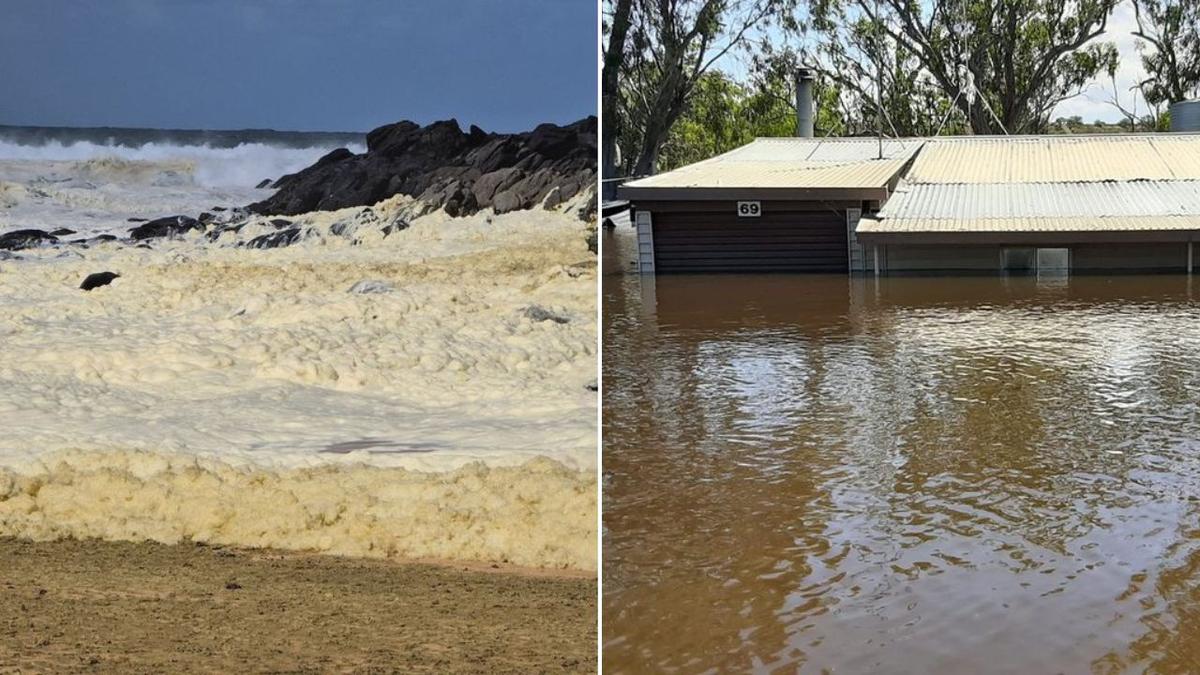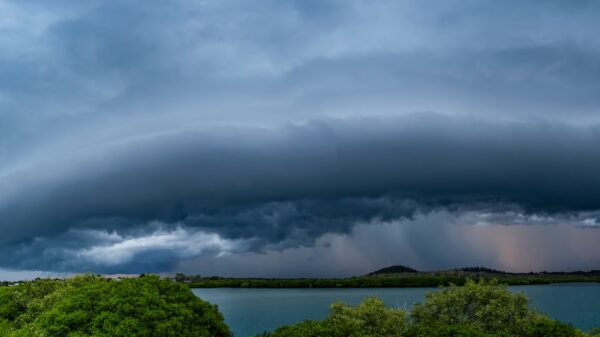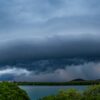A toxic algae bloom has been wreaking havoc along South Australia’s coastlines for over three months, prompting urgent action from both state and federal authorities. The Department of Environment and Water (DEW) has stated that little can be done to mitigate the effects of the algae, which is devastating local marine life and affecting the fishing industry. In response to the crisis, Federal Minister for the Environment, Murray Watt, announced a funding package of $14 million to address the situation, although the specifics of the funding remain unclear.
The algae bloom, primarily caused by the species karenia mikimotoi, has thrived due to a combination of environmental factors. These include nutrient-rich runoff from recent River Murray floods, cold water upwellings, and warmer-than-average sea temperatures. This combination has created ideal conditions for the bloom, which is now estimated to cover approximately 4,500 square kilometers and has resulted in the deaths of thousands of fish and other marine organisms.
Local fishermen, including Glen Hil, owner of Coorong Wild Seafood, have expressed deep concern for the future of the region’s fishing industry. Hil described the situation as devastating, stating, “I’ve bashed my head against the side of the chiller in frustration. I’ve cried my eyes out.” He emphasized the potential for long-term ecological damage, warning that if the bottom of the food chain collapses, the entire marine ecosystem could be at risk.
As the situation continues to unfold, residents and visitors have been advised to avoid swimming at affected beaches due to health risks associated with the algae. The seafood industry is already feeling the impact, with reports indicating a significant decline in sales as consumers become concerned about the safety of seafood products.
Contributing Factors to the Algae Bloom
The algae bloom has been fueled by multiple environmental factors that have altered the marine ecosystem. Following unusual flooding in the River Murray, nutrient-rich waters surged into coastal areas, creating a fertile feeding ground for algae. DEW noted that nutrients from upstream floods and deep-sea upwellings have combined to produce an environment conducive to the rapid growth of karenia mikimotoi.
The bloom’s expansion has been exacerbated by warmer-than-average water temperatures, which have been observed to be 2.5 degrees Celsius higher than normal in some areas. The Australian Research Council (ARC) has indicated that marine heatwaves can lead to harmful algal blooms, coral bleaching, and increased mortality among marine organisms.
Government Response and Future Outlook
In response to the ongoing crisis, the South Australian government has initiated a series of measures to address the environmental catastrophe. Government agencies, including DEW and the Environment Protection Authority (EPA), are actively monitoring the bloom by conducting weekly water samples at various sites along the coast. The Coorong region remains open to visitors, although they are advised to exercise caution and avoid contact with discolored or foamy waters.
Additionally, the state government has announced an initial relief package of $500,000 for affected fishers, waiving specific licensing and audit fees. While the government is under pressure to take further action, Attorney-General Kyam Maher criticized calls for a royal commission into the algae bloom, arguing that the scientific community largely agrees its occurrence is linked to climate change.
Acting Premier and Environment Minister Susan Close has expressed her commitment to addressing the crisis, stating, “We’re looking at ways in which we can manage water in order to push the Coorong’s salinity out of the comfort zone for karenia mikimotoi.” Close reiterated the government’s recognition of the algae bloom’s widespread effects on the environment, businesses, and local communities.
As the crisis continues, the interplay between environmental factors and human activities remains a critical concern for South Australia. The government and local communities are now faced with the challenge of not only addressing the immediate impacts of the algae bloom but also implementing strategies to prevent similar occurrences in the future.





